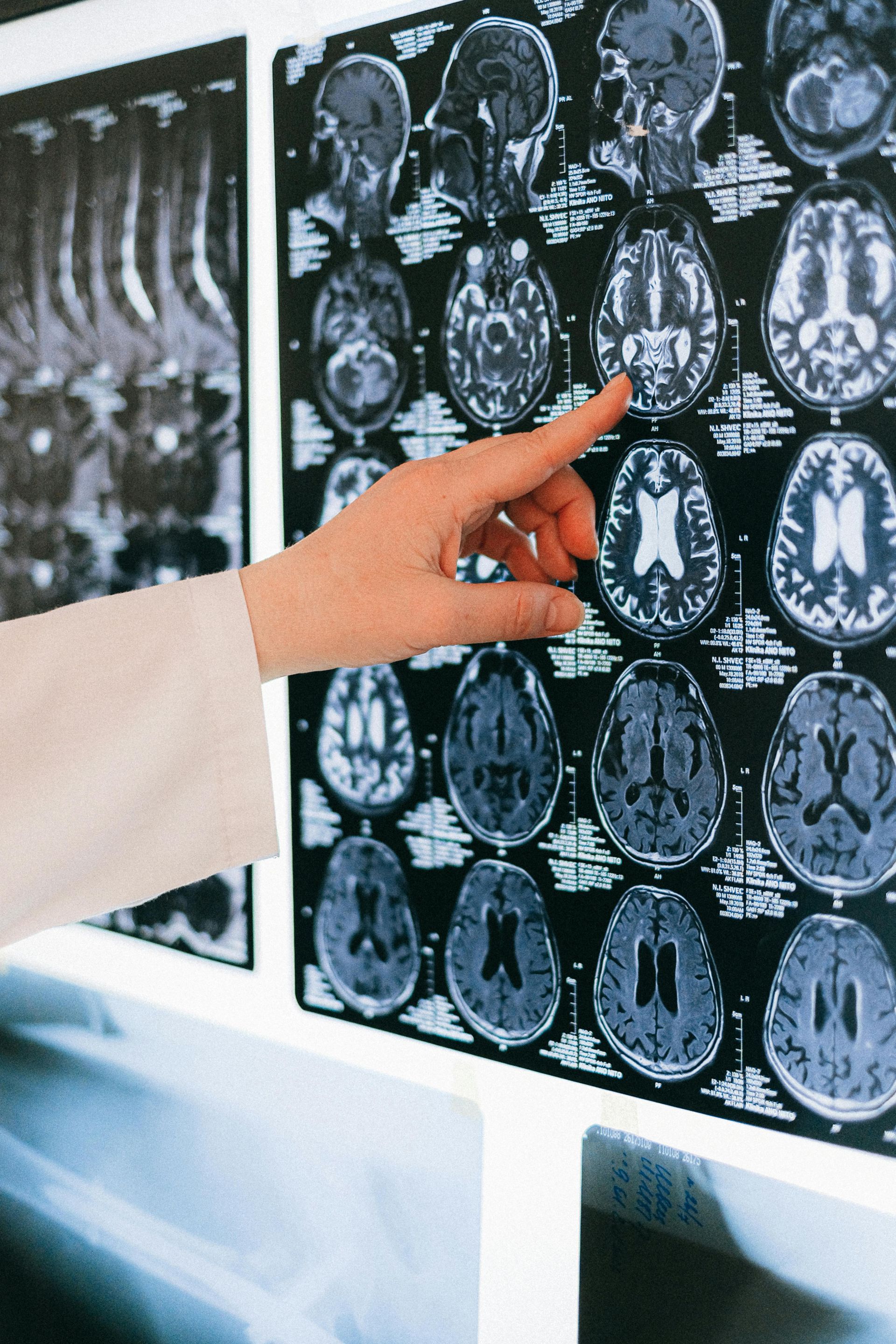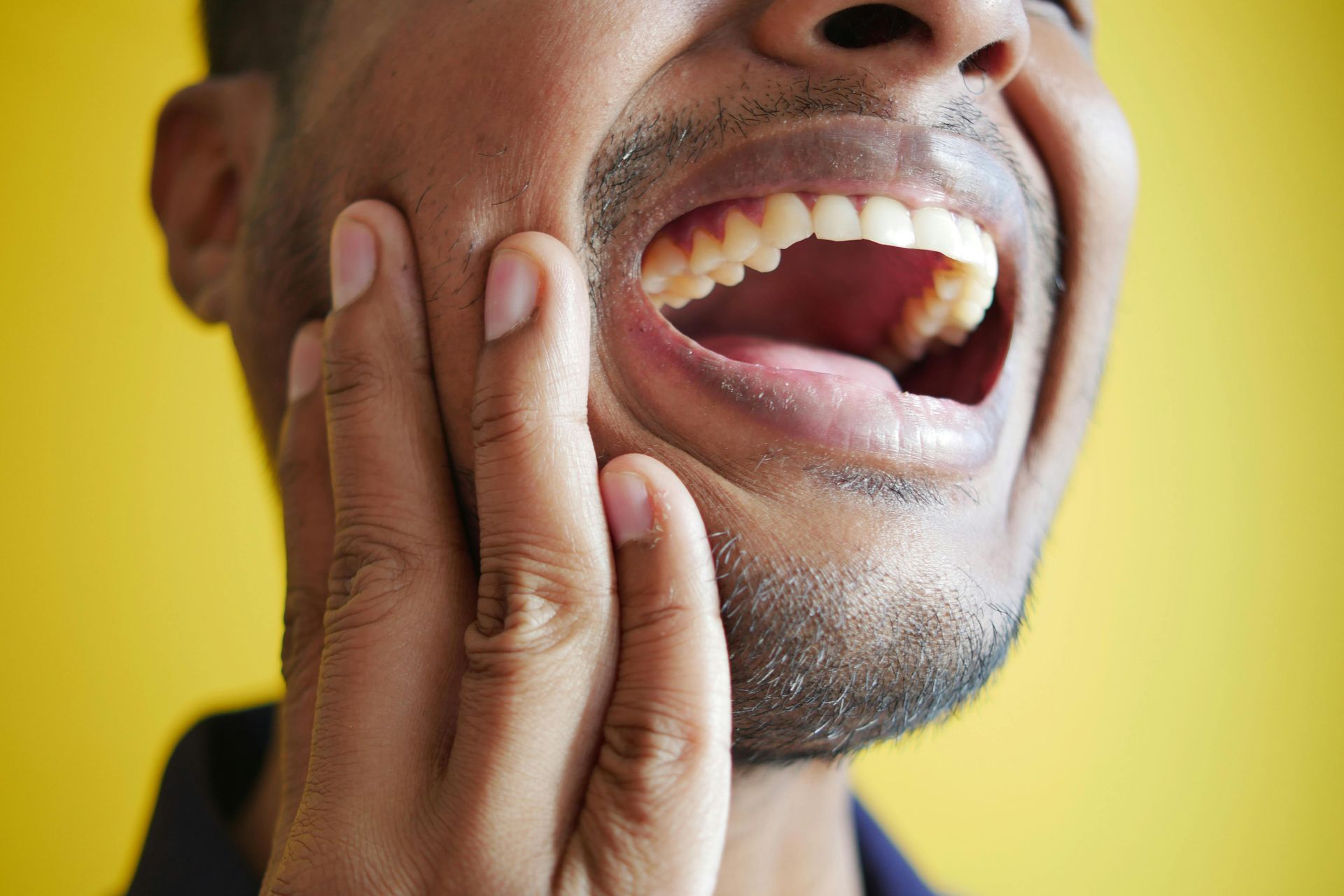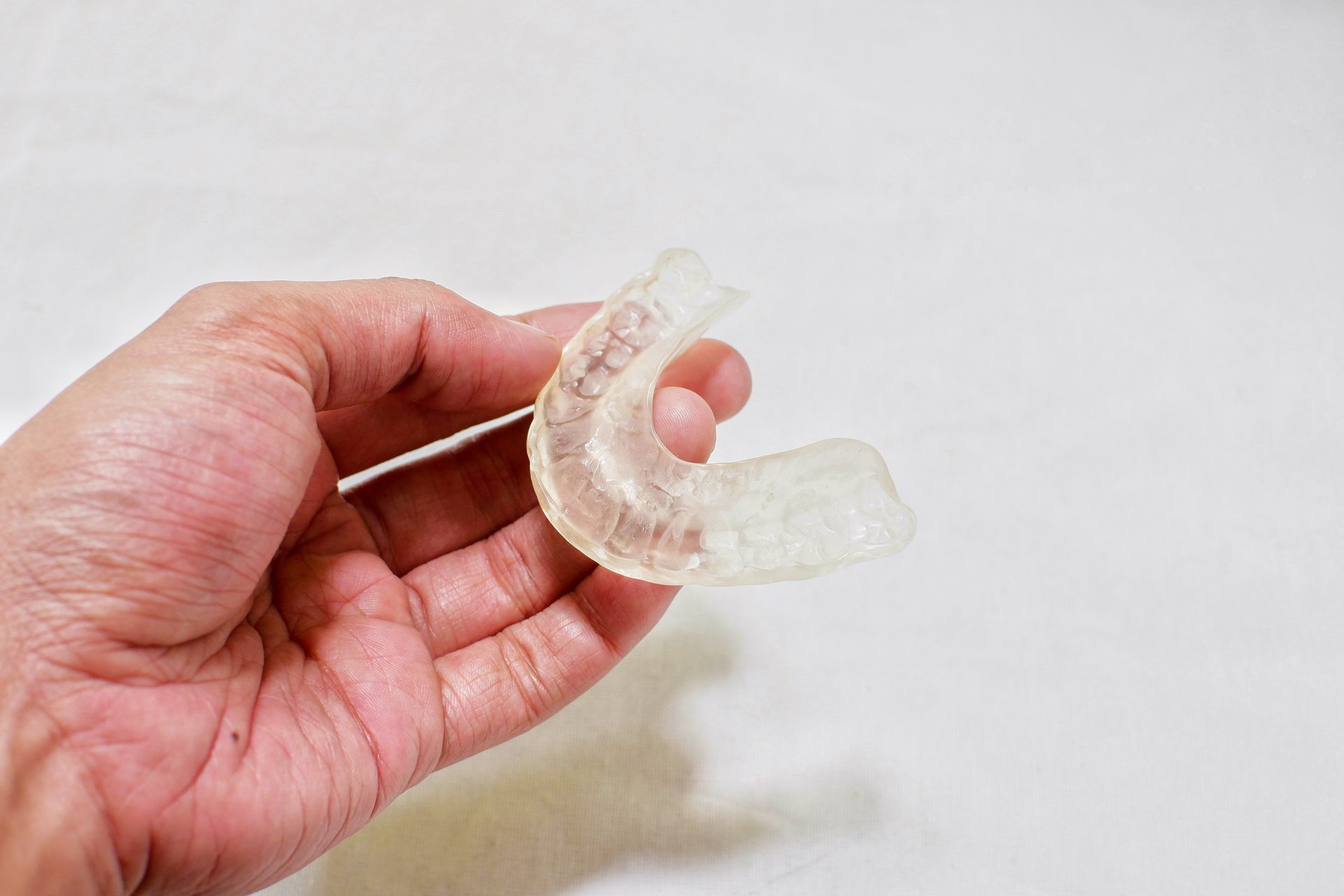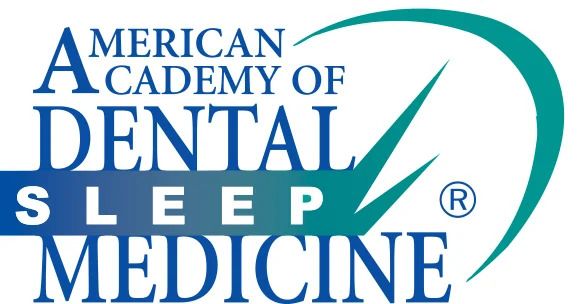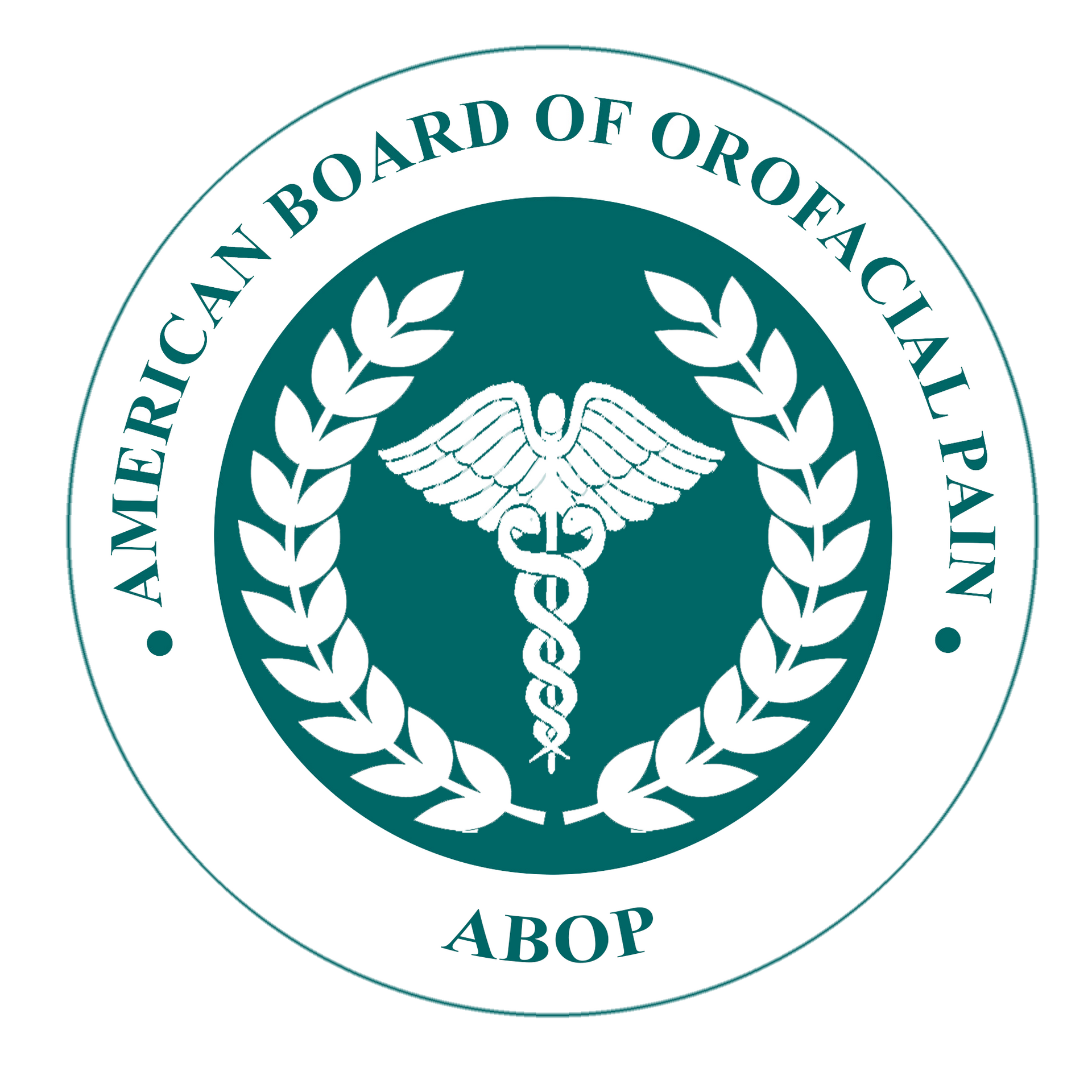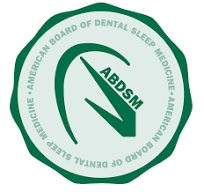Myofascial Pain Syndrome (Muscle Pain) Explained

Pain comes in many forms. This is why people often hear adjectives used to describe certain types of pain and wonder what they are. Some pain is easy to understand. For example, most people know what aching pain feels like and might even have experienced it themselves. Other types are not as simple or obvious.
We often discuss orofacial pain, which is just one of the results of temporomandibular joint dysfunction (TMD). This pain occurs in various places on the face. With all the talk about muscle tension, you might have also heard the term myofascial pain. But what is myofascial pain?
Myofascial pain is a type of pain that causes muscles to develop hypersensitive spots, called trigger points. These trigger points cause referred pain, which means you will feel discomfort in a body part that does not have any trigger points. When this myofascial pain persists for longer than 6 months, it develops into a chronic condition called myofascial pain syndrome.
What Is Myofascial Pain Syndrome?
Someone with myofascial pain syndrome might experience overly sensitive trigger points in their muscles. This often develops after a person has sustained trauma, such as repeated injury or strain to a certain muscle. Someone who has myofascial pain syndrome will often explain their pain as a feeling of knots or kinks in their muscles that do not go away on their own.
If you feel a painful area that you think might be a trigger point, it’s likely that this is due to a taut band or tight muscle. These will continue to be tender and painful until they are diagnosed and treated by a professional.
How Common Is Myofascial Pain Syndrome?
Myofascial pain syndrome is a very common condition that occurs in about 85% of people over the course of their life. Trigger points related to myofascial pain syndrome can affect anyone (both men and women). However, they most often impact middle-aged inactive women between the ages of 27 and 50.
As is the case with most chronic pain conditions, myofascial pain is misunderstood and underdiagnosed. Many professionals will overlook symptoms of myofascial pain syndrome or mistake them for other medical conditions.
What Causes Myofascial Pain?
Myofascial pain and myofascial pain syndrome can result from a variety of medical conditions and factors. People are more likely to develop this condition if they have injured or placed excessive strain on the muscle in question. Even if you have not sustained a direct injury to that area, smaller injuries (called microtraumas) to individual muscle fibers can also be the cause of myofascial pain.
Movement can also trigger myofascial pain. You might think that major, harmful movements are the only type of action that can lead to myofascial pain, but this isn’t the case. While repetitive motions can result in trigger points over time, a lack of activity or a sedentary lifestyle can also prompt the development of muscle tension leading to trigger points.
Where Are the Symptoms of Myofascial Pain Syndrome?
To the person living with them, myofascial pain symptoms are usually more recognizable (and more debilitating) than other types of pain. Myofascial pain might impact the back, neck, mouth, or face. Someone who has myofascial pain syndrome can be expected to experience some of the following symptoms:
- Pain that is described as deep, aching, throbbing, tight, or stiff - This type of constant pain might feel as if one of your body parts is being held in a vice that won’t let up. The pain does not go away with time or short-term treatments such as ice or heat packs.
- Trigger points, which are painful and small bumps, nodules, or knots in muscles - When overly tight muscle fibers don’t have the opportunity to relax or loosen up, they become trigger points. People often report that these feel like small balls or marbles just under the skin.
- Muscles that are tender or sore - Most people report excess tenderness or soreness when these trigger points are pressed or overworked. This isn’t exclusive to the trigger points, since the soreness can also impact entire muscles.
- Weakness in the affected muscles - When muscles are in pain or any sort of discomfort, they will feel weak. This often leads someone to expend extra effort to get them moving, which might also cause fatigue.
- Reduced range of motion in the affected areas - Symptoms such as pain, tightness, and stiffness can lead someone to experience less motion in certain body parts. Additionally, if someone tries to push past this discomfort and move a painful limb, their nervous system might attempt to block that motion to protect the body. This can cause even less movement, which can impair a person’s ability to function.
How Is Myofascial Pain Syndrome Treated?
Depending on the specific myofascial pain symptoms someone presents with, they might benefit from any of the following treatment modalities:
- Low-level laser therapy - Low-level laser therapy involves the non-invasive use of small light beams to address areas of inflammation. There are mixed reviews about the efficacy of this treatment, but it has been shown to relieve pain and muscle tension in some people who have myofascial pain syndrome.
- Ultrasound - Therapeutic ultrasound is a non-invasive modality that uses sound waves to stimulate the healing of deep and superficial muscle tissues. In some cases, ultrasound can be combined with medicated lotions such as hydrocortisone to offer added benefit. Ultrasound is often known as a way to “massage” the deeper tissues that cannot be accessed with traditional, hands-on massage techniques.
- Transcutaneous electrical nerve stimulation (TENS) - This treatment uses very low levels of electric current to lower pain levels. Since our nerves all operate and communicate using electricity, TENS helps interrupt the signal that causes us to experience chronic pain.
- Heat - Heat is known to soothe aching muscles. This is why moist heat (such as the heat from warm towels) and hot packs can be a great way to relieve muscle tension and resulting pain.
- Acupuncture and relaxation therapies - A range of relaxation techniques, including acupuncture, deep breathing, meditation, and guided imagery can assist with managing chronic pain. Acupuncture focuses on improving bodily circulation and, therefore, muscle function to ease pain from trigger points. The other methods are intended to lower stress levels, which can help with the distress someone often experiences as a result of prolonged pain.
- Exercise - Gentle stretching and, eventually, exercising the painful muscles can help release the trigger points and restore normal movement.
- Dietary changes - Eating a balanced diet with whole grains, lean meats, and plenty of fruits and vegetables will help anyone experiencing myofascial pain. Additionally, consider taking supplemental Vitamin B1, B6, B12, and Vitamin C, since these can help someone manage pain and inflammation.
- Massage - Massage therapy is one of the most effective ways to manage trigger points that result from myofascial pain syndrome. Providers use their hands to manipulate the soft tissues and gradually break up the trigger point so it does not cause as much pain. This often takes several sessions to do, but is regarded highly among practitioners who provide treatment for trigger points.
- Oral appliance - If your myofascial pain is the result of sleep apnea or TMJ, wearing an oral appliance such as a mouthguard can help. In particular, oral appliances can stop teeth grinding, snoring, jaw pain, and lapses in breathing, which can all contribute to myofascial pain in the face and neck. Finding the root cause of your myofascial pain is important, since an oral appliance will only help if your myofascial pain stems from the tension and trigger points in the orofacial area.
- Dry needling - Similar to acupuncture, dry needling involves thoughtful placement of small, nearly painless needles into certain points in the skin. This is intended to boost circulation, decrease muscle tension, ease stiffness of tight muscle bands, and lower inflammation. These outcomes can all help someone better manage trigger points that result from myofascial pain syndrome.
- Wet needling or trigger point injections - Wet needling uses the same technique as dry needling except with the addition of medications such as lidocaine and other pain relievers. This is typically one step up if someone does not experience results from dry needling.
In some cases, the above treatments for myofascial pain syndrome can be implemented by physical medicine and rehabilitation professionals, such as physical therapy providers and massage therapists. If you wish to pursue this type of treatment, you should see your primary care doctor (often one who practices family medicine or internal medicine).
They can complete a physical exam to look more closely at your myofascial pain and write a physical therapy referral for you. The physical therapists will then complete their own exam, which often includes assessing where the pain is coming from and how it impacts your movement. Once this is done, they will formulate a treatment plan to best help you.
If your myofascial pain is due to the symptoms of TMJ, it’s best to consult a board-certified orofacial pain specialist like Dr. Katherine Phillips. This is the best way to receive an accurate diagnosis followed by comprehensive treatment that addresses the root cause of your myofascial pain. Click here to schedule an appointment with Dr. Phillips.
-2700x842-1920w.png)






